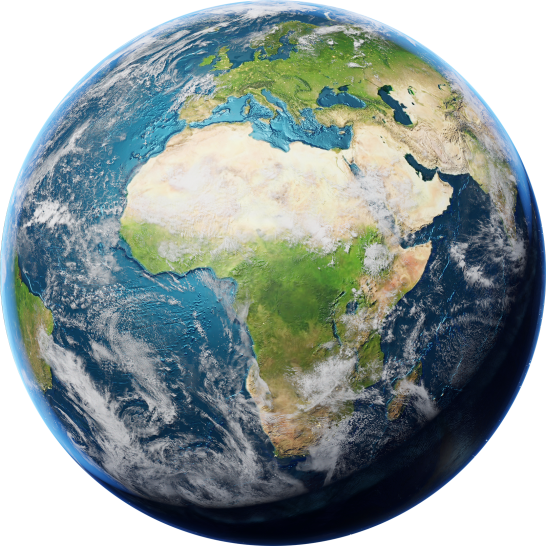Tomorrow's nursery starts here! Stay ahead of the curve and receive the latest news on horticultural innovations in your mailbox.
Newsletter

subscribe


Go to previous article

Go to next article
Bringing space technology to your nursery
4
2
Alternative growing media… from the Moon?
3
Plant research and experiments in space
Preparing for Mars
1




Exploring the Frontier of Plant Growth
Join our journey to space as experts from the European Space Agency (ESA) explain the experiments of cultivating plants beyond our planet's bounds.





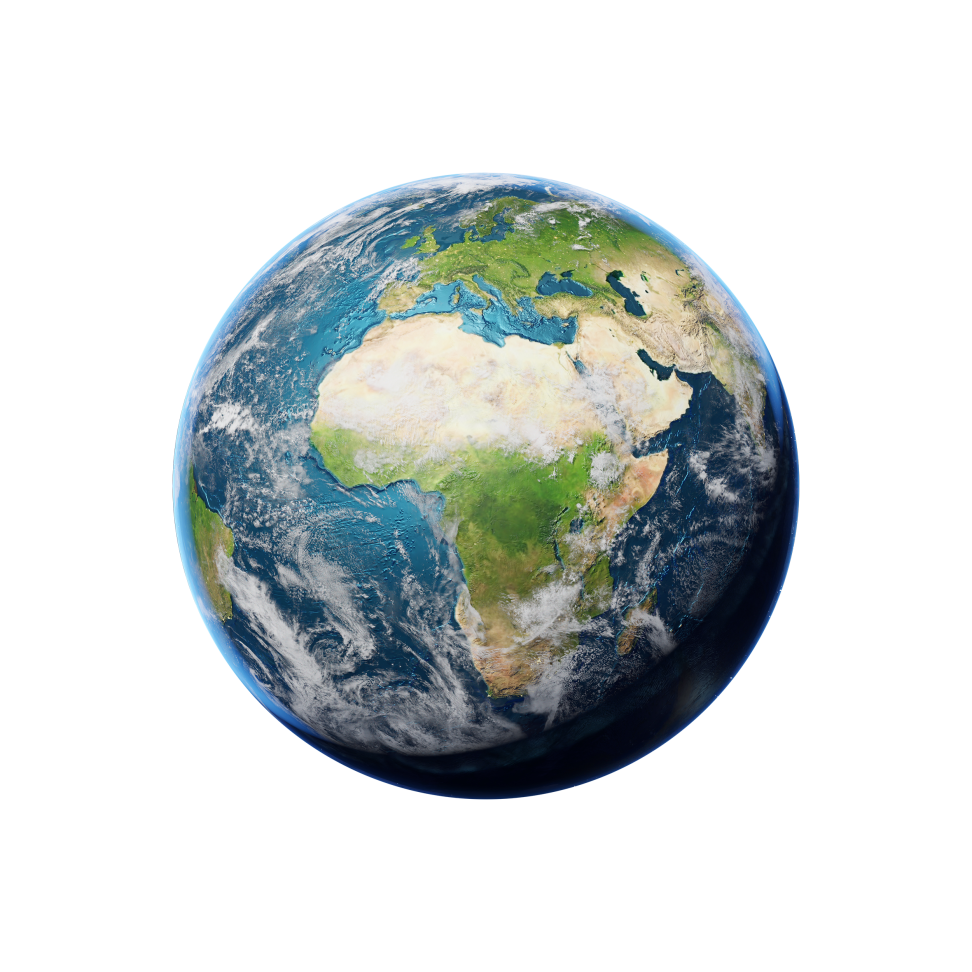
Exploring the Frontier of Plant Growth
The limited resources available in space force us to engineer growing solutions that maximize efficiency. With stricter regulations and the aim to become more sustainably minded in using our Earthly resources for ornamental horticulture, we could benefit from technologies developed for growing plants in space.
Bringing space technology to your nursery
Bridging the gap between space and Earth
“Everything we do in space needs to have a benefit on Earth”, says Caplin. “Technologies developed for space missions, such as compact and efficient growing systems, can find applications on our planet, particularly in urban areas where space is limited. The optimization of resource usage, including water recycling and energy-efficient lighting, are vital lessons learned from space horticulture that can directly benefit our growers on the ground.”
Resource-efficient cultivation
“The advancements in closed-loop plant cultivation systems developed for space could be interesting in Earth-based horticulture”, Paille agrees. As an example, she mentions how the precise control of thermal management, water management, light management and nutrient delivery could lead to resource-efficient cultivation methods that minimize waste and maximize yield.
AI can detect the unique biosignal that indicates a plant is experiencing a deficiency
Expanding our knowledge about plants
Also our knowledge about plant behavior is expending thanks to space research. For instance, experiments showed plants in space to produce higher levels of antioxidants, a discovery that could optimize the nutritional content of plants grown on our planet. Paille adds: “The knowledge gained from space experiments may provide growers with the means to optimize production systems and achieve enhanced flowering, improved stress tolerance, better pest control, resource efficiency, and increased aesthetic qualities in their plants.”
Cultivating a greener future
The insights of both Caplin and Paille into space horticulture offer a glimpse into the potential of growing ornamental plants beyond Earth. As we continue to push the boundaries of exploration, the cultivation methods and technologies that are being developed for space horticulture should inspire us, as they aim to be as resource efficient as possible. We have an exciting journey ahead of us that will be marked by new discoveries and transformative innovations in sustainable plant cultivation in space and on Earth.


Read more
About Nicol Caplin
From the hidden resilience of plants against space radiation to pioneering technological advancements that bridge the gap between space and Earth horticulture; this article explores how plants play a vital part in the future of space exploration.



Read more
As the boundaries of human exploration are continually expanding, the quest to realize manned missions beyond our planet presents a unique set of challenges. Christel Paille, Environmental Control & Life Support Engineer at the European Space Agency (ESA), is on the forefront of this quest.
About Christel Paille

Exploring the Frontier of Plant Growth
Plant research and experiments in space
The GENESISS experiment
ESA’s GENESISS experiment involves sending a variety of plant species in seed form to the International Space Station (ISS). Here, the seeds are exposed to higher levels of space radiation without the protective layer of Earth’s atmosphere. The experiment aims to study the long-term effects of space conditions on seeds, which is essential for future space missions where self-sustenance will be crucial. Caplin: “The seeds are stored outside the original ISS lab, meaning that they are exposed to more raw space conditions such as higher levels of radiation and extreme temperature differences. This (long term) exposure will help us prepare for space travel.” She explains: “A mission to Mars will take at least a year to get there, and crew populations must be able to sustain themselves as we won’t be able to send additional food like we do to the ISS.”
With the aim to realize manned missions to unknown territories beyond the Moon, we continuously push the boundaries of research, on Earth and in space.
Testing plant growth in simulated space conditions
Studying plant growth in space and bringing plant samples to the ISS is an expensive endeavor. But there are cheaper alternatives on the ground that simulate some aspects of a space environment. Caplin: “The ISS is not the only platform we can use. For instance, for isolation studies we have a research station in Antarctica – to put it into perspective: it is easier to get someone back from space (ISS) than from Antarctica in winter. For zero gravity (0G) studies, a parabolic flight offers opportunities: an airliner that flies up and down and in the moment that the plane enters free fall, you experience 0G. When we want to test the effects of 0G on a given biological system, you want to ensure as much as possible that you might ‘found’ something before sending samples to the ISS.”

The surface of the moon, extreme radiation levels, and temperature fluctuations pose unique challenges for plant life.
Copyright: ESA






from the Moon?
Exploring the Frontier of Plant Growth
Alternative growing media…
While facing our own ‘Earthly’ challenges with peat-based growing media and a variety of alternatives to it, the ESA is experimenting with some very unexpected growing media types.
Copyright: ESA
Dr. Caplin sheds light on an ambitious project still in its early stages: ESA's pioneering BioMoon facility, a concept that envisions growing plants on the Moon. With its own power source and temperature-stable environment, this facility could potentially be a stepping stone towards sustainable gardening beyond our planet. Part of the project is to investigate whether plants can be grown in lunar soil (regolith), thus reducing the need to transport resources from Earth.
But don’t get your hopes up just yet. Although the horticultural industry on Earth is very much looking into alternative growing media to replace peat, lunar soil will probably not be one of them. Caplin: “Last year, scientists started experimenting with growing plants in the nutrient-poor soil from the Moon. The soil showed to have sufficient essential minerals available for plant growth, apart from nitrogen sources. With the addition of nitrogen fertilizers, the seeds germinated, and plants grew, but significantly slower than plants in soil from Earth.”
It seems that for now, we remain focused on substrate alternatives from Earth. However, ESA’s engineering team is experimenting with another alternative to potting soil: 3D-printed growing media.
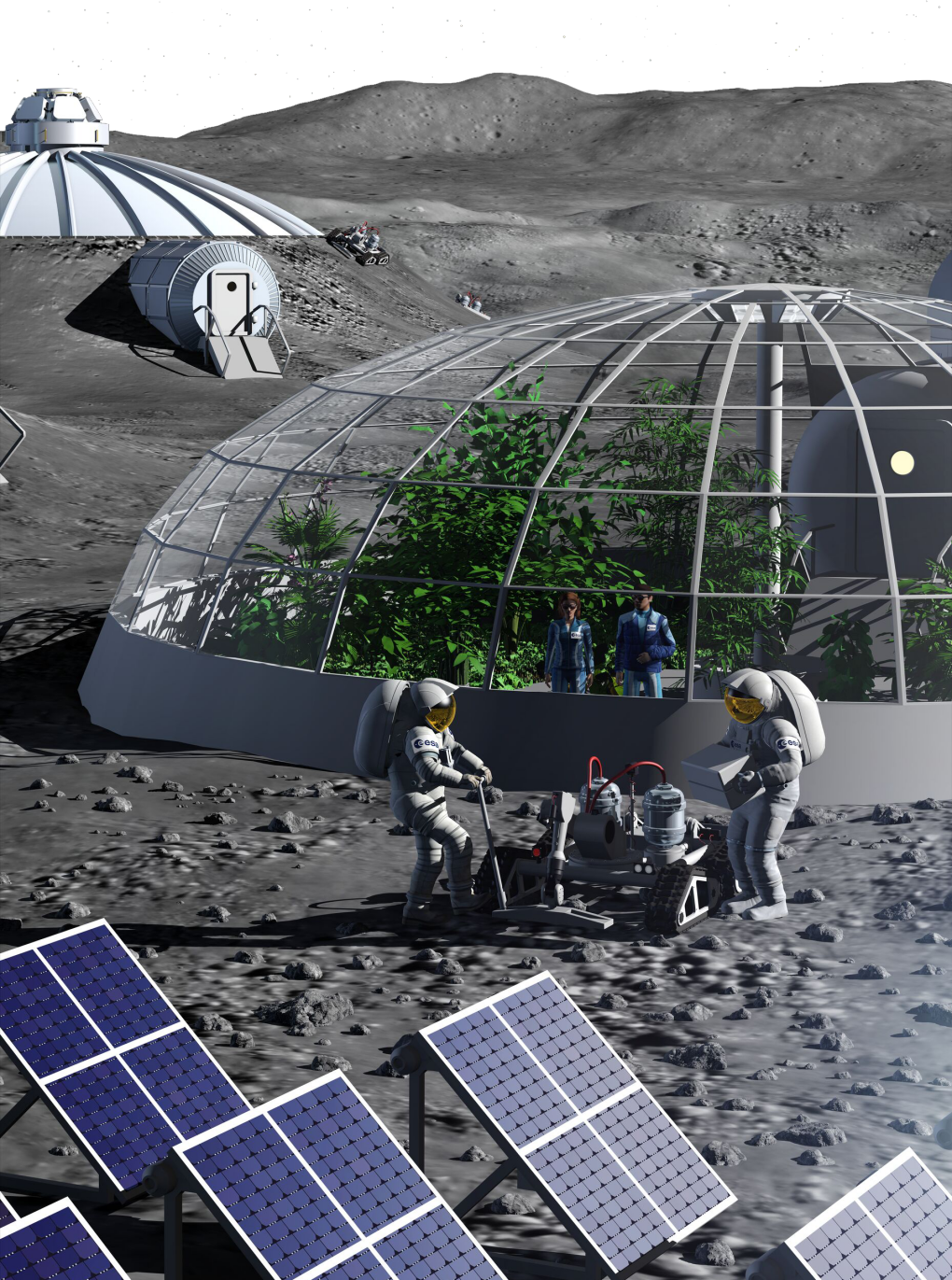
The search for eco friendly growing media types and mixtures due to limited resources is a great example of where space and Earthly endeavors overlap.
3D-printed growing media
The search for eco-friendly growing media types and mixtures due to limited resources is a great example of where space and Earthly endeavors overlap. And an unexpected source of inspiration comes from one of ESA's pioneering projects. Paille highlights the brand new experiments with 3D-printed lattice structures, engineered for the unique constraints of space. These lattice structures provide a neutral nutrient perspective and optimized irrigation path. They stay clear of droplets and physical particles that could hinder growth in a space environment, offering a close-to-cellulosic fibers structure. “The first experiment demonstrated the possibility to use this substrate for potato production. As a matter of fact, new potato tubers were successfully obtained in these cultivation conditions. Of course, additional research and engineering are necessary to optimize the yield”, says Paille.
Photo credits: Thales Alenia Space Italy and CIRiS Norway
Setup for potato growth testing in a 3D printed substrate.





Discover the realm of space horticulture with Dr. Nicol Caplin, Exploration Scientist, and Eng. Christel Paille, Environmental Control & Life Support Engineer at the European Space Agency.
From the hidden resilience of plants against space radiation to pioneering technological advancements that bridge the gap between space and Earth horticulture; this article explores how plants play a vital part in the future of space exploration, and how ESA’s research can push the boundaries of sustainable plant cultivation on our home planet.
Exploring the Frontier of Plant Growth
Preparing
for Mars
As the vision of establishing colonies on the Moon or Mars inches closer to reality, ESA’s continuous research aims to overcome the technological challenges we are still facing. One of the key components for success is that crews become self-sustainable in growing their own food. Food is a key factor for space travel and plants are (part of) the solution.

Upgrading the working environment in space
Talking about health and well-being in the working environment… An astronaut made the news in 2015 by drinking her first cup of espresso in space. The experimental coffee machine, nicknamed ISSpresso, was well-received by astronauts for obvious reasons. “There is a history of experiments in space environment with the aim to improve the health and wellbeing of our crews”, says Paille.
Looking ahead
The future of plant cultivation in space exploration holds promise. Paille emphasizes that it typically takes around 15 years to translate a concept into operational technology in the space sector. As missions to Mars and beyond are planned for the 2040s, the innovative plant growth technologies she and Caplin are contributing to will play a significant role.
The future of plant cultivation in space exploration holds promise.
Growing plants in space poses significant challenges. The current state of (limited) knowledge is one of those challenges, as the existing infrastructure in low Earth orbit, such as the International Space Station (ISS), relies on regular supply shipments for consumables, including food. “Our aim is to develop technologies for on-board food production, reducing the dependency on Earth's resources”, says Paille. “It is not recommended to travel any further into space without these new technologies.”
But food production is not only the purpose that make plants a key element for space exploration. Caplin: “Plants also have an important role to play in enhancing the psychological well-being of astronauts during prolonged missions.”
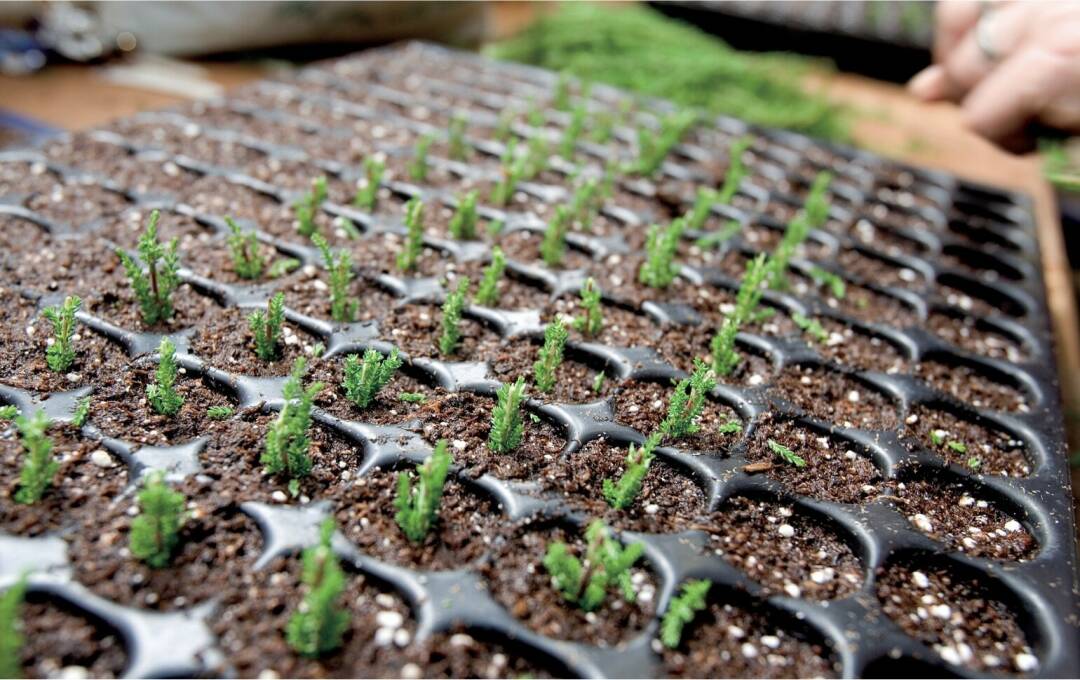
SCROLL DOWN

















previous

next

subscribe to our newsletter

Copyright: ESA
Copyright: ESA
Researching plants exposed to radiation on Earth
Dr. Caplin's journey into the world of space exploration was an unexpected one. With a background in environmental science and a particular fascination with plant biology, her path shifted when she did a PhD and researched the effects of radiation on plants in ecosystems. She studied plants in for instance Chernobyl, Ukraine, and discovered that plants have an astonishing capacity to cope with radiation due to their ancient evolutionary adaptations from a time when plants first colonized the Earth’s surface and radiation levels were much higher than today. When she learned of ESA's ambitious projects involving plant growth in space, she obtained seeds that had been sent to the International Space Station (ISS) for research. Caplin discovered that, despite the harsh conditions of space radiation and microgravity, plants could still germinate and grow. This sparked the beginning of her work in understanding the impact of space conditions on plant growth.

About Nicol Caplin
From the hidden resilience of plants against space radiation to pioneering technological advancements that bridge the gap between space and Earth horticulture; this article explores how plants play a vital part in the future of space exploration.
About Christel Paille
Dedicated to pushing boundaries
As an Environmental Control & Life Support Engineer, Christel Paille's role at ESA is crucial in advancing technologies for future human exploration missions in space. With a focus on providing food, water, and air to astronauts in isolated and constrained environments, her work mainly focusses on developing technologies and systems for food production and preparation. Paille's dedication to pushing the boundaries of human existence in space has led her to focus on plant-related research, a critical component in space exploration and, in the distant future, establishing self-sustaining colonies on other planets.
As the boundaries of human exploration are continually expanding, the quest to realize manned missions beyond our planet presents a unique set of challenges. Christel Paille, Environmental Control & Life Support Engineer at the European Space Agency (ESA), is on the forefront of this quest.
Expanding our knowledge about plants
Cultivating a greener future
The insights of both Caplin and Paille into space horticulture offer a glimpse into the potential of growing ornamental plants beyond Earth. As we continue to push the boundaries of exploration, the cultivation methods and technologies that are being developed for space horticulture should inspire us, as they aim to be as resource efficient as possible. We have an exciting journey ahead of us that will be marked by new discoveries and transformative innovations in sustainable plant cultivation in space and on Earth.
Also our knowledge about plant behavior is expending thanks to space research. For instance, experiments showed plants in space to produce higher levels of antioxidants, a discovery that could optimize the nutritional content of plants grown on our planet. Paille adds: “The knowledge gained from space experiments may provide growers with the means to optimize production systems and achieve enhanced flowering, improved stress tolerance, better pest control, resource efficiency, and increased aesthetic qualities in their plants.”

AI can detect the unique biosignal that indicates a plant is experiencing a deficiency
Bridging the gap between space and Earth
Resource-efficient cultivation
“The advancements in closed-loop plant cultivation systems developed for space could be interesting in Earth-based horticulture”, Paille agrees. As an example, she mentions how the precise control of thermal management, water management, light management and nutrient delivery could lead to resource-efficient cultivation methods that minimize waste and maximize yield.
“Everything we do in space needs to have a benefit on Earth”, says Caplin. “Technologies developed for space missions, such as compact and efficient growing systems, can find applications on our planet, particularly in urban areas where space is limited. The optimization of resource usage, including water recycling and energy-efficient lighting, are vital lessons learned from space horticulture that can directly benefit our growers on the ground.”
Exploring the Frontier of Plant Growth
The limited resources available in space force us to engineer growing solutions that maximize efficiency. With stricter regulations and the aim to become more sustainably minded in using our Earthly resources for ornamental horticulture, we could benefit from technologies developed for growing plants in space.
Bringing space technology to your nursery
The GENESISS experiment
ESA’s GENESISS experiment involves sending a variety of plant species in seed form to the International Space Station (ISS). Here, the seeds are exposed to higher levels of space radiation without the protective layer of Earth’s atmosphere. The experiment aims to study the long-term effects of space conditions on seeds, which is essential for future space missions where self-sustenance will be crucial. Caplin: “The seeds are stored outside the original ISS lab, meaning that they are exposed to more raw space conditions such as higher levels of radiation and extreme temperature differences. This (long term) exposure will help us prepare for space travel.” She explains: “A mission to Mars will take at least a year to get there, and crew populations must be able to sustain themselves as we won’t be able to send additional food like we do to the ISS.”
The surface of the moon, extreme radiation levels, and temperature fluctuations pose unique challenges for plant life.

Testing plant growth in simulated space conditions
Studying plant growth in space and bringing plant samples to the ISS is an expensive endeavor. But there are cheaper alternatives on the ground that simulate some aspects of a space environment. Caplin: “The ISS is not the only platform we can use. For instance, for isolation studies we have a research station in Antarctica – to put it into perspective: it is easier to get someone back from space (ISS) than from Antarctica in winter. For zero gravity (0G) studies, a parabolic flight offers opportunities: an airliner that flies up and down and in the moment that the plane enters free fall, you experience 0G. When we want to test the effects of 0G on a given biological system, you want to ensure as much as possible that you might ‘found’ something before sending samples to the ISS.”

Exploring the Frontier of Plant Growth
With the aim to realize manned missions to unknown territories beyond the Moon, we continuously push the boundaries of research, on Earth and in space.
Plant research and experiments in space

3D-printed growing media
The search for eco-friendly growing media types and mixtures due to limited resources is a great example of where space and Earthly endeavors overlap. And an unexpected source of inspiration comes from one of ESA's pioneering projects. Paille highlights the brand new experiments with 3D-printed lattice structures, engineered for the unique constraints of space. These lattice structures provide a neutral nutrient perspective and optimized irrigation path. They stay clear of droplets and physical particles that could hinder growth in a space environment, offering a close-to-cellulosic fibers structure. “The first experiment demonstrated the possibility to use this substrate for potato production. As a matter of fact, new potato tubers were successfully obtained in these cultivation conditions. Of course, additional research and engineering are necessary to optimize the yield”, says Paille.

While facing our own ‘Earthly’ challenges with peat-based growing media and a variety of alternatives to it, the ESA is experimenting with some very unexpected growing media types.
from the Moon?
Exploring the Frontier of Plant Growth
Alternative growing media…
Photo credits: Thales Alenia Space Italy and CIRiS Norway
Setup for potato growth testing in a 3D printed substrate.
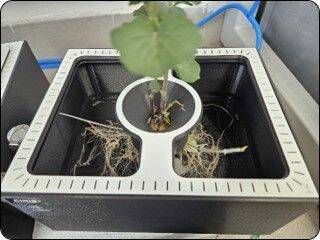
The search for eco friendly growing media types and mixtures due to limited resources is a great example of where space and Earthly endeavors overlap.
Looking ahead
The future of plant cultivation in space exploration holds promise. Paille emphasizes that it typically takes around 15 years to translate a concept into operational technology in the space sector. As missions to Mars and beyond are planned for the 2040s, the innovative plant growth technologies she and Caplin are contributing to will play a significant role.
Copyright: ESA

Dr. Caplin sheds light on an ambitious project still in its early stages: ESA's pioneering BioMoon facility, a concept that envisions growing plants on the Moon. With its own power source and temperature-stable environment, this facility could potentially be a stepping stone towards sustainable gardening beyond our planet. Part of the project is to investigate whether plants can be grown in lunar soil (regolith), thus reducing the need to transport resources from Earth.
But don’t get your hopes up just yet. Although the horticultural industry on Earth is very much looking into alternative growing media to replace peat, lunar soil will probably not be one of them. Caplin: “Last year, scientists started experimenting with growing plants in the nutrient-poor soil from the Moon. The soil showed to have sufficient essential minerals available for plant growth, apart from nitrogen sources. With the addition of nitrogen fertilizers, the seeds germinated, and plants grew, but significantly slower than plants in soil from Earth.”
It seems that for now, we remain focused on substrate alternatives from Earth. However, ESA’s engineering team is experimenting with another alternative to potting soil: 3D-printed growing media.
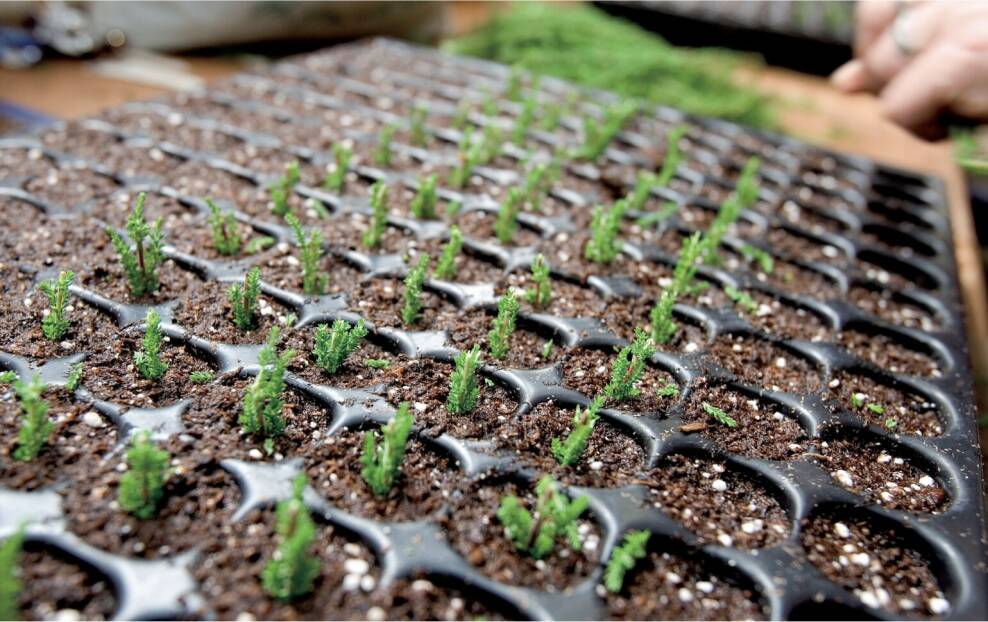
Growing plants in space poses significant challenges. The current state of (limited) knowledge is one of those challenges, as the existing infrastructure in low Earth orbit, such as the International Space Station (ISS), relies on regular supply shipments for consumables, including food. “Our aim is to develop technologies for on-board food production, reducing the dependency on Earth's resources”, says Paille. “It is not recommended to travel any further into space without these new technologies.”
But food production is not only the purpose that make plants a key element for space exploration. Caplin: “Plants also have an important role to play in enhancing the psychological well-being of astronauts during prolonged missions.”
The future of plant cultivation in space exploration holds promise.
Upgrading the working environment in space
Talking about health and well-being in the working environment… An astronaut made the news in 2015 by drinking her first cup of espresso in space. The experimental coffee machine, nicknamed ISSpresso, was well-received by astronauts for obvious reasons. “There is a history of experiments in space environment with the aim to improve the health and wellbeing of our crews”, says Paille.

Exploring the Frontier of Plant Growth
As the vision of establishing colonies on the Moon or Mars inches closer to reality, ESA’s continuous research aims to overcome the technological challenges we are still facing. One of the key components for success is that crews become self-sustainable in growing their own food. Food is a key factor for space travel and plants are (part of) the solution.
Preparing
for Mars
Discover the realm of space horticulture with Dr. Nicol Caplin, Exploration Scientist, and Eng. Christel Paille, Environmental Control & Life Support Engineer at the European Space Agency.
From the hidden resilience of plants against space radiation to pioneering technological advancements that bridge the gap between space and Earth horticulture; this article explores how plants play a vital part in the future of space exploration, and how ESA’s research can push the boundaries of sustainable plant cultivation on our home planet.
Bringing space technology to your nursery
4
2
Alternative growing media… from the Moon?
3
Plant research and experiments in space
Navigation menu
Exploring the Frontier of Plant Growth
Join our journey to space as experts from the European Space Agency (ESA) explain the experiments of cultivating plants beyond our planet's bounds.
Preparing for Mars
1




